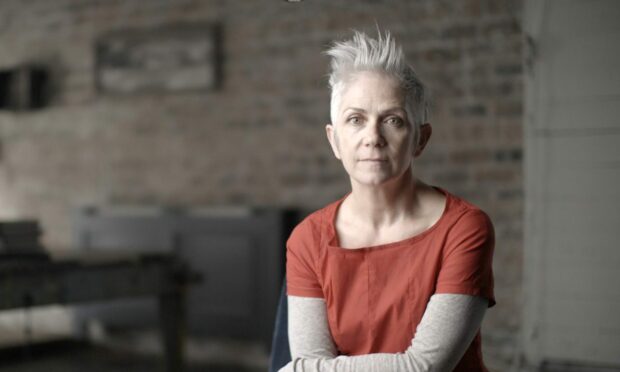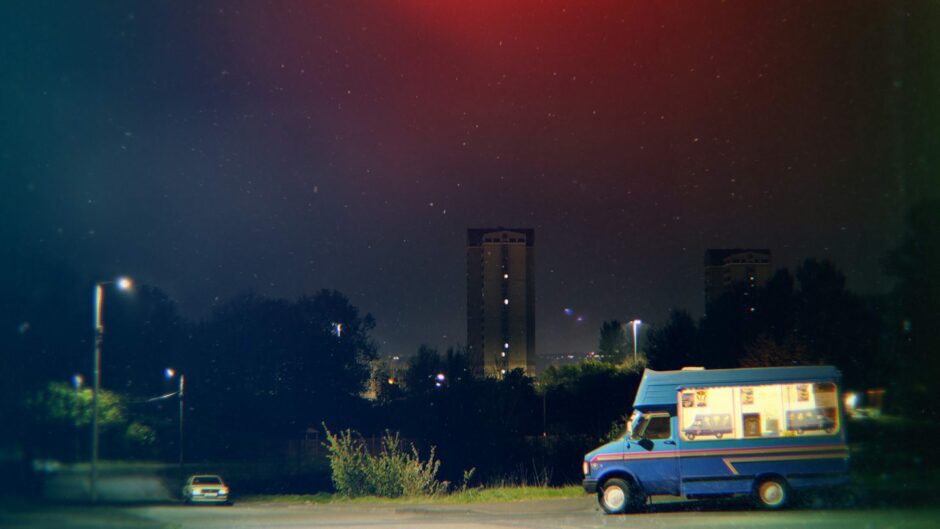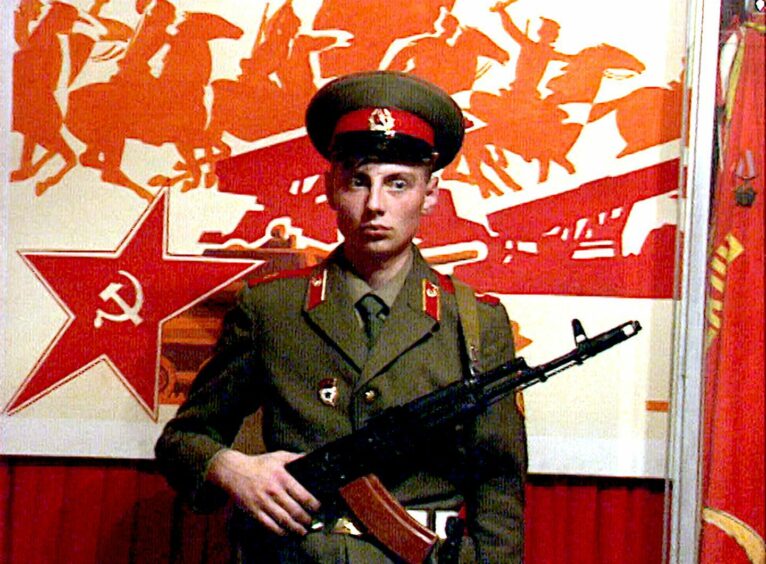BBC Scotland loves a good true crime documentary, and The Ice Cream Wars (BBC One Scotland) certainly is one of those.
Told over two nights, it recounted one of the most brutal, tragic and divisive mass murder cases in Scottish history.
Each episode covered the two distinct phases to the ‘Ice Cream murders’ case.
A simple ice-cream van
In the first part we heard of the Ice Cream wars of the early 1980s themselves, where in the sparse, shopless schemes of the east of Glasgow, running an ice cream van could be a lucrative business.
That profit increased sharply if the vans sold drugs or stolen good on their rounds, and the old ways of drivers trying to beat one another to the choice patches gave way to real threats and intimidation as local crime gangs got involved.
One legit firm running rounds was Marchetti Bros – their manager Archie McDougall is among a slew of good first-hand interviewees here – which employed a plucky 18-year-old driver named Andrew Doyle, who wouldn’t give in to intimidation.
Shotgun attack
Following a shotgun attack, however, the door of his family’s top floor flat was set alight in April 1984, starting a blaze which killed Doyle and five members of his family, including his sister Christina and her 18-month-old son Mark.
The murders caused local fury, and later that year Thomas ‘TC’ Campbell and Joe Steele were convicted.
The second episode is where things get strange, as the ultimately successful legal quest to free Campbell and Steele played out over the next 20 years.
Activist lawyer Aamer Anwar is interviewed here, alongside crime writer and East Ender Denise Mina, with a strong contemporary cast of police, journalists, witnesses and lawyers.
They build a compelling picture of a story which shouldn’t be forgotten.
No stranger to violence
Campbell, who most agree was no stranger to violence in his younger days, and another suspect, Tam McGraw, are no longer with us.
Yet Joe Steele is a hugely intriguing figure in interview, a rough but frank Glaswegian guy, whom one interviewee says was the kind of person who would steal lead from a roof and give the money to a friend in need.
His campaign to prove his innocence through multiple prison escapes and gluing himself to the gates of Buckingham Palace is a weird detail of an unknowable and still sadly unsolved case.
If there was any awkward moral to the story, it was as Mina says: “The legal system is the best bad system we have.”
A look at Russia
An altogether different documentary is available online in Adam Curtis’s cumbersomely-titled but once-more essential Russia 1985-1999 TraumaZone: What It Felt Like to Live Through the Collapse of Communism and Democracy (BBC iPlayer).
For decades Curtis has gained a cult following making documentaries out of BBC archive footage, period music and his own serious voiceovers.
He’s made many masterpieces, although they often feel more like pieces of speculative art than documentaries, and lately their gloomily conspiratorial tone has meant Curtis has become ripe for parody.
This time, though, his new seven-hour opus uses only the BBC’s vast trove of archive footage of Russia in the period stated, dispensing with the music and voice.
It feels less leading and more frank all at once, an evocative window on a time and place we must try and understand. By accepting less is more, Curtis feels relevant once again.


